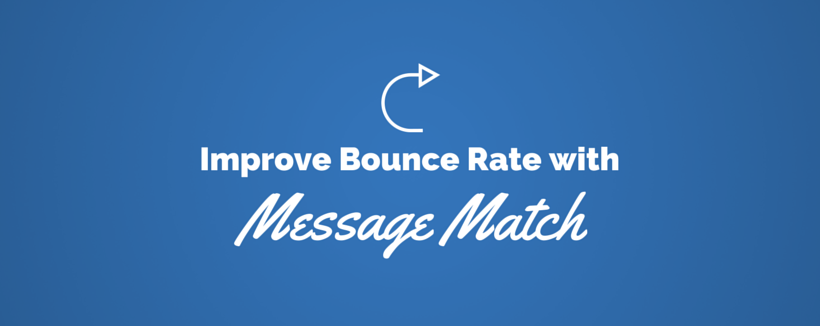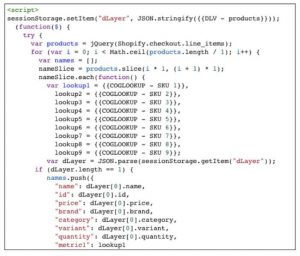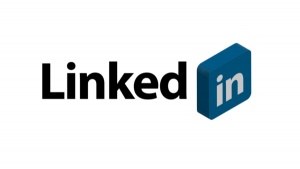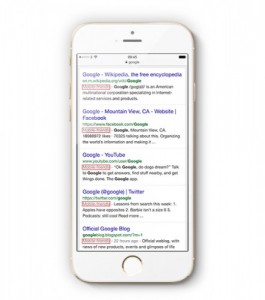
When someone clicks on your ad, they begin a journey to becoming your customer. But ads don’t lead to homepages anymore. They (should) lead to landing pages. And landing pages are about conversions.
You want them to fill out a form for a free trial, sign up for an email list, or make a purchase. What you don’t want is for them to leave. You want to your bounce rate to be as low as possible. Ideally, this will increase your conversions, too. Sounds like a win-win.
We’ve talked about landing pages before. There are key elements to every landing page and countless ways to optimize them. But today, our main concern is keeping visitors on our pages. We’re going to reduce our bounce rate with stronger message match.
What is Message Match?
When visitors click on your ad, they have an idea in mind of what your landing page will look like. They expect it to use certain words and phrases. How well your landing page meets those expectations is called message match.
Imagine getting a Tiffany’s box, only to find a Ring Pop inside. You’d be disappointed, wouldn’t you? That’s what poor message match is like. The packaging doesn’t match the product. Just take a look at this article about failed message match from Unbounce.
Why Does it Matter?
Visitors who get what they expect from your landing page are much more likely to stay. It’s all based on the concept of cognitive fluency. While that might sound like fancy psychology talk, it’s pretty simple. It’s the measure of how easy or difficult something is to think about. It may come as a shock, but people like things that are easy to think about. Knowing what you’re getting is easy. Surprises are hard.
Users bounce from websites where they’re having a bad experience. To keep them on your page, you want to improve their experience. That’s what message match does. It’s essentially a brain hack.
There’s your mini psychology lesson. But, there are other, concrete things visitors like about messages that match.
For starters, they know they’re on the right website. Say you click on an ad for “automated home security.” Then the landing page is for a German Shepherd breeder. You bounce. That wasn’t the website you wanted. You spend no time examining the many home security benefits of a German Shepard.
Taking users to a landing page they recognize also builds trust. There were no bait-and-switch tricks after they clicked your ad. Now they feel you’re less likely to be tricking them on your landing page. It helps to quiet the nagging voice in their head telling them to leave your site.
Message match uses psychology to keep visitors on your landing page. They are happy and comfortable. Why would they leave?
How Can I Improve My Message Match?
So, now that you’re an expert on the concept of message match, how can you put it in action? What elements of your landing page need to reflect your ad to keep visitors?
1.Matching Headlines
Only 20% of people keep reading after the headline. That means your headline is carrying a lot of message match weight. Don’t assume that your visitors will draw the connection themselves. Headlines that are like your ad copy leave room for error. Get all matchy-matchy. Use the exact same headlines for your ad copy and your landing page.
This might get tricky if you’re using dynamic keyword insertion. You’ll need to be ready with landing pages for all your keywords. That can be a lot of landing pages. It can be done, though. Using templates with only the keywords changed can help.
2. Visually Similar
This same idea applies visually. If your display ad has an image, the images on your landing page should be similar. You might decide to use a different angle or zoom out, but the two should be still be related. The viewer should know they belong in the same family.
Take it a step farther. Draw on your image for color scheme ideas. Color has a profound emotional impact on viewers, so don’t switch it up. An red ad leading to a blue landing page is an emotional roller coaster. Visitors want off, so they bounce. Create a cozy nest for them where everything goes together instead. That’ll entice them to stay awhile.
3. Deliver on Your Promises
This is so important. People hate feeling lied to. I don’t care how much they like your product. If you said “free shipping” in your ad, the shipping had better be free. Otherwise, you’re going to lose a customer. Absolutely do not make any promises you can’t keep.
To stay on everyone’s good side, your best bet is to feature promotions prominently on your landing page. If it’s going to be part of your ad copy, make it part of your landing page too. It’s another way to reassure visitors. “Yes, that 10% off sale we mentioned, it’s going on right now, see?” Don’t make them hunt around for it. This is where that trust building happens. And visitors who trust you are not visitors who bounce.
Conclusion
Message match is about reducing the uncertainty in web browsing. Uncertainty is a big reason why people bounce. They don’t know where they are. They want to see the same headline from your ad and similar graphics. They also want to see promises being kept. If you can create ads and landing pages that are a matching set, you can reduce your bounce rate.
(359)








